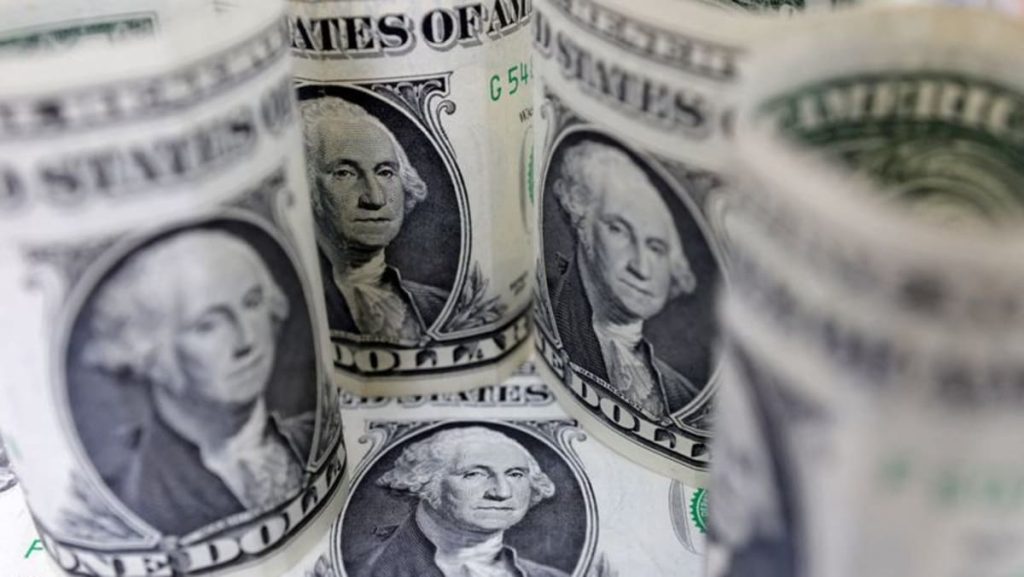NEW YORK :The dollar fell on Thursday as investors prepared for U.S. President Donald Trump to battle a U.S. trade court ruling on Wednesday that blocked most of his proposed tariffs.
Senior Trump administration officials on Thursday downplayed the ruling’s impact, expressing confidence it would be overturned on appeal and insisting other legal avenues are available in the interim.
“Markets were quick to realize that the ruling was sort of narrow, meaning it was only focused on one aspect of the tariff plan here – emergency authorization,” said Brad Bechtel, global head of FX at Jefferies in New York. “There were still plenty of other avenues for Trump.”
The greenback had rallied on the ruling.
The U.S. currency has weakened on concerns that tariffs will slow the economy and reignite inflation, while the erratic implementation of Trump’s policies is seen as denting the appeal of U.S. assets to foreign investors.
“The deeper issue remains a persistent lack of clarity surrounding trade policy,” said Uto Shinohara, senior investment strategist at Mesirow Currency Management in Chicago.
The Federal Reserve has kept interest rates on hold on concerns about higher inflation as Fed officials wait to see how the trade policies will affect the U.S. economy.
Trump, in a private meeting at the White House on Thursday, told Fed Chair Jerome Powell he was making a “mistake” by not lowering interest rates.
“This is not likely to be the end of tariff policy, and in some respects, if the administration wins its appeal or opts for alternative legal paths to tariff implementation, they could aim for the tariff agenda as a whole to be more entrenched than it was previously,” Goldman Sachs’ forex analysts said in a report on Thursday.
U.S. economic pessimism declined earlier this week after Trump on the weekend delayed a plan to impose 50 per cent tariffs on European Union imports.
The euro was last up 0.73 per cent at $1.1374 after falling to $1.1209, the lowest since May 19.
Against the Japanese yen, the dollar weakened 0.57 per cent to 143.99. It earlier reached 146.28, the highest since May 15.
The dollar fell 0.59 per cent to 0.822 Swiss franc.
The greenback also weakened on news that the number of Americans filing new applications for jobless benefits rose more than expected last week, and the unemployment rate appeared to have picked up in May, suggesting increasing layoffs as tariffs cloud the economic outlook.
Investors are also watching the progress of a tax cut and spending bill that is working its way through Congress and which is expected to add trillions in U.S. debt over the coming decade. Some Republicans have criticized it for not having enough spending cuts.
Trump’s budget chief said on Wednesday the White House intends to send Congress a package next week to formalize cuts made by billionaire Elon Musk’s team targeting federal government spending.
Longer-dated U.S. Treasury yields rose last week and demand for the Treasury’s 20-year bond auction was soft due to rising concerns about the deteriorating U.S. fiscal outlook.
The yen also weakened against the greenback earlier this week on reports that Japan will consider trimming issuance of super-long bonds in the wake of recent sharp yield increases in the country.


